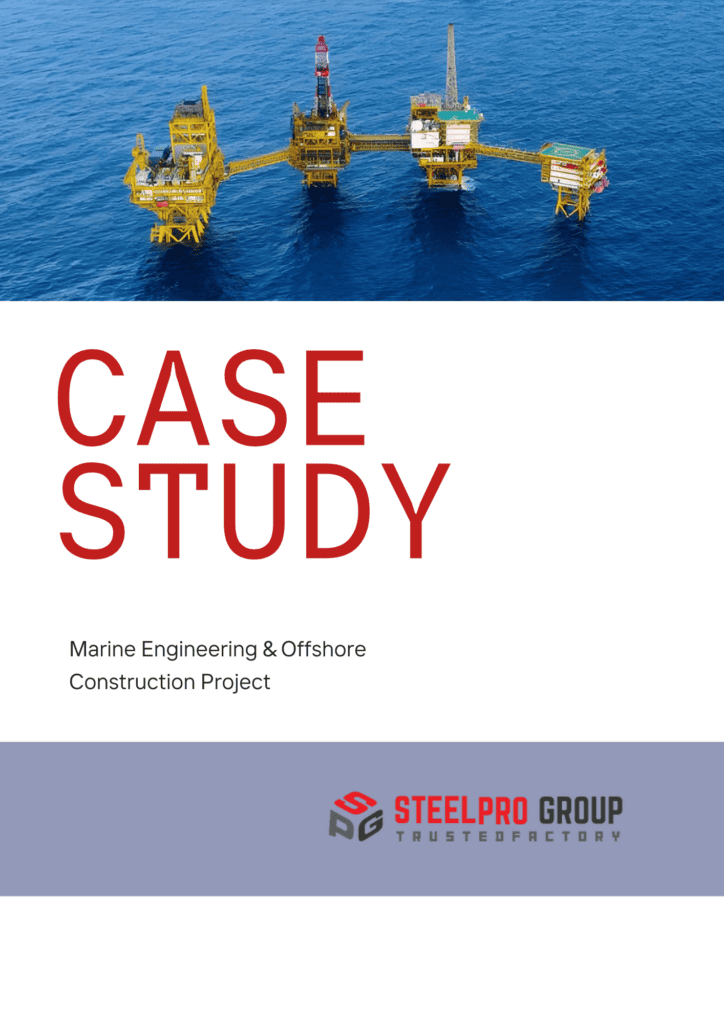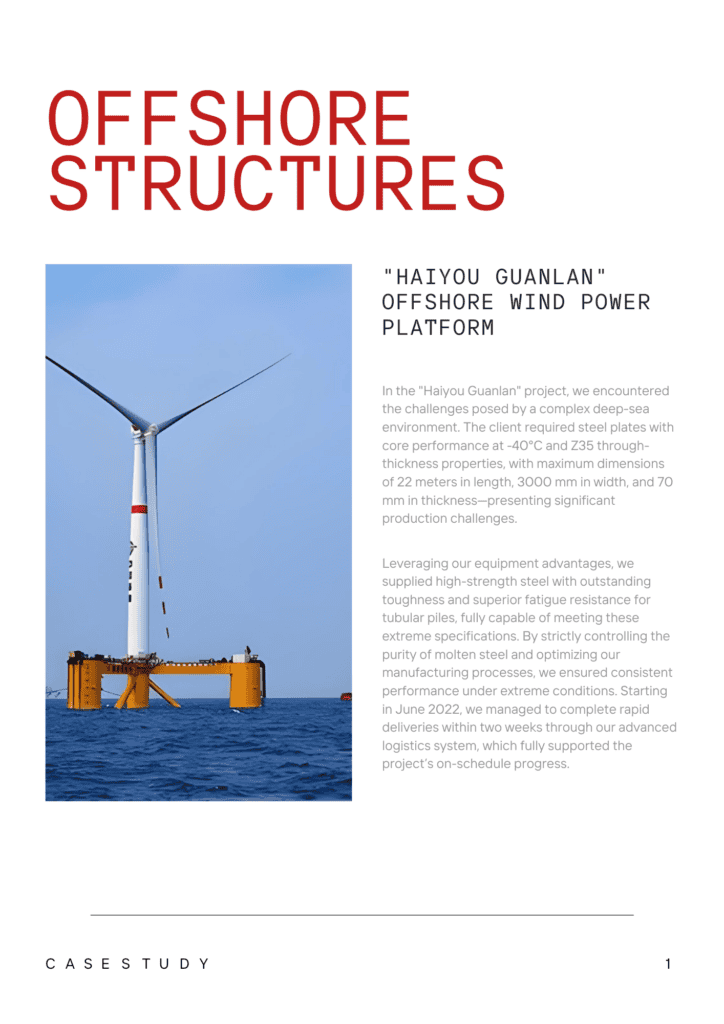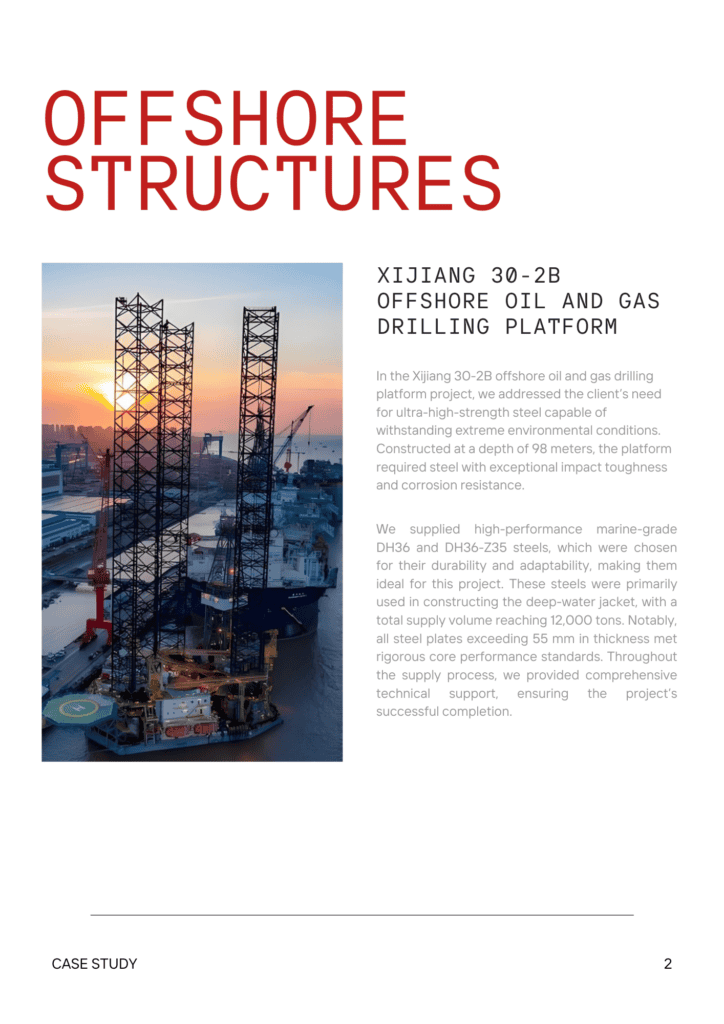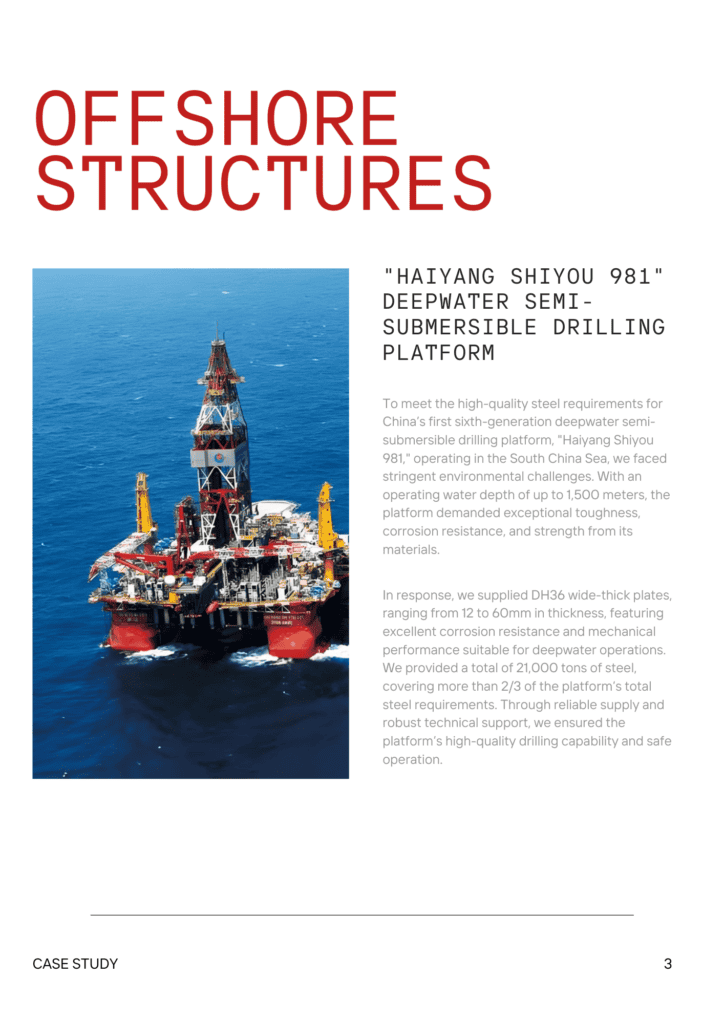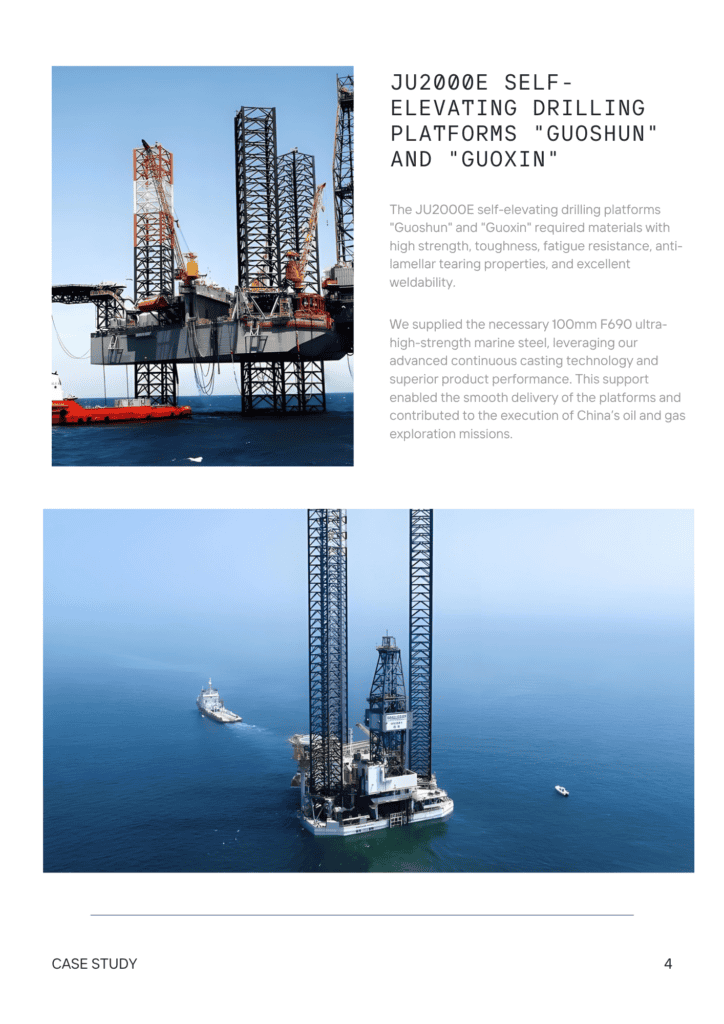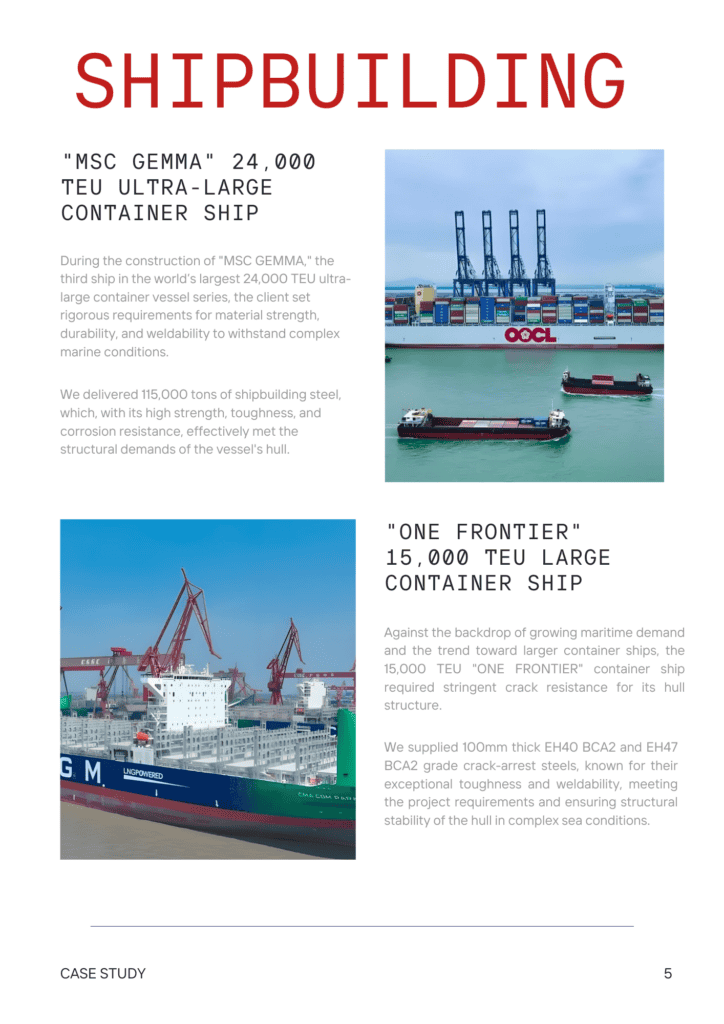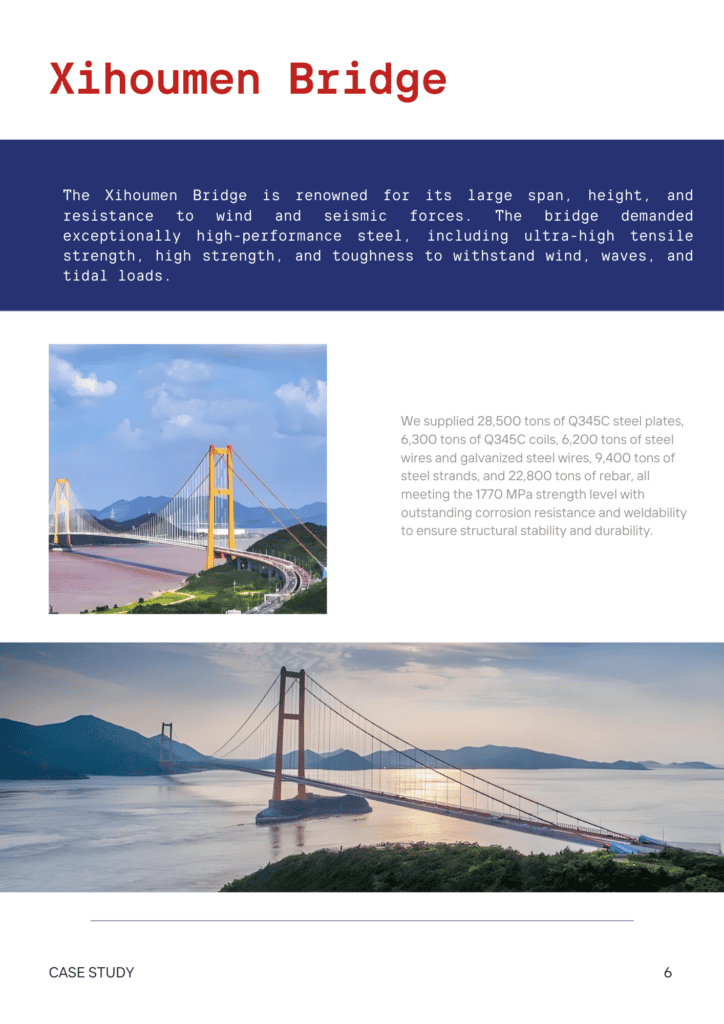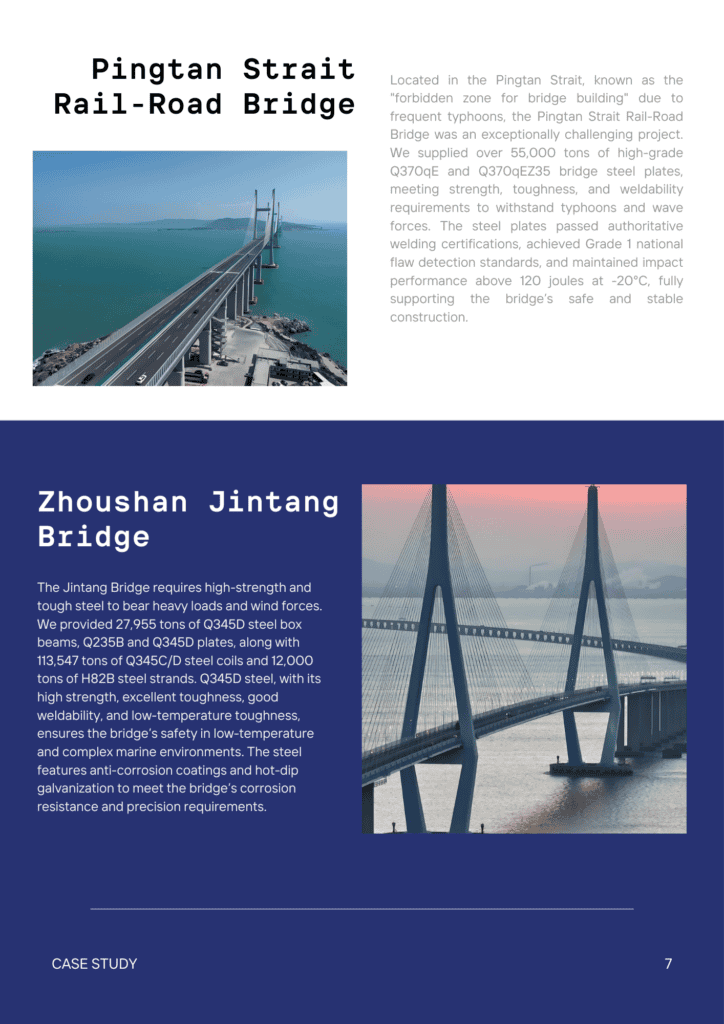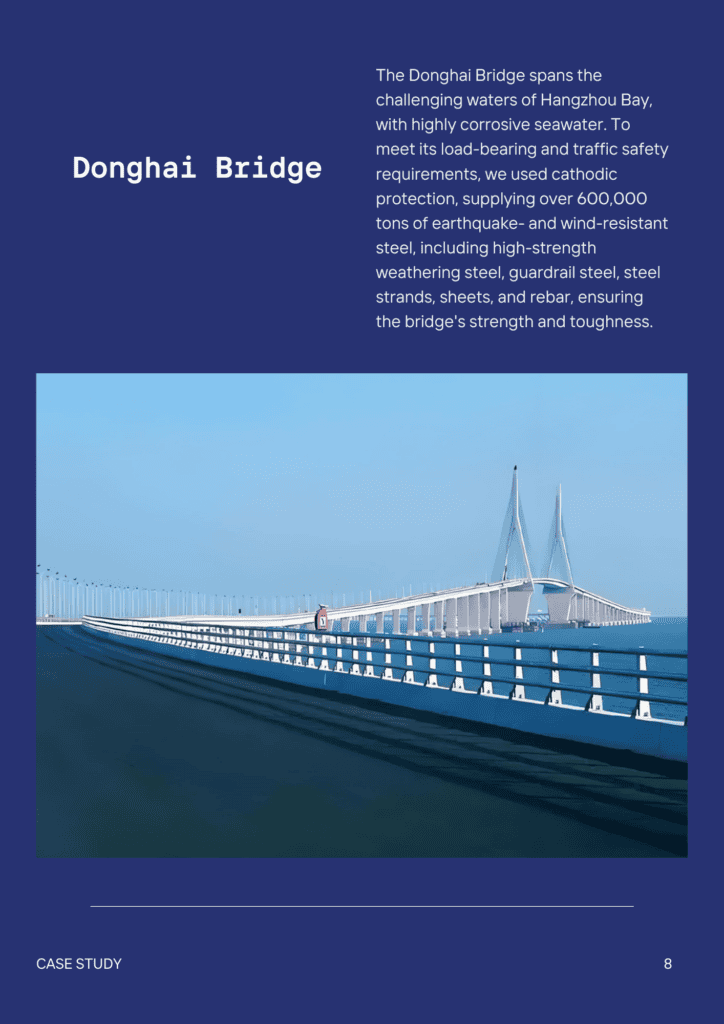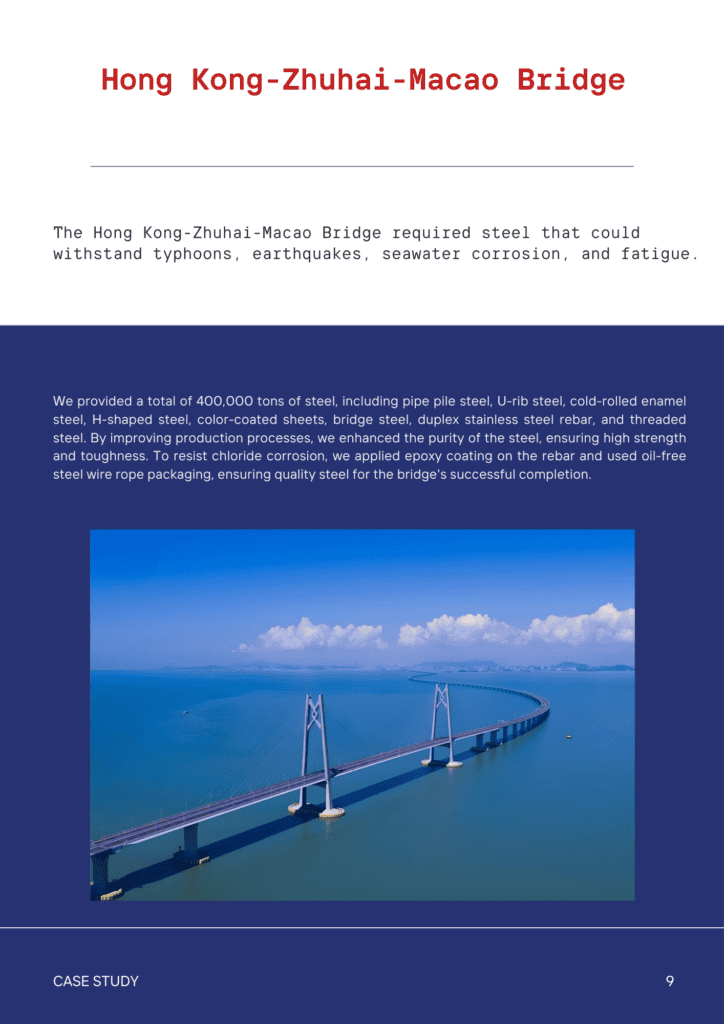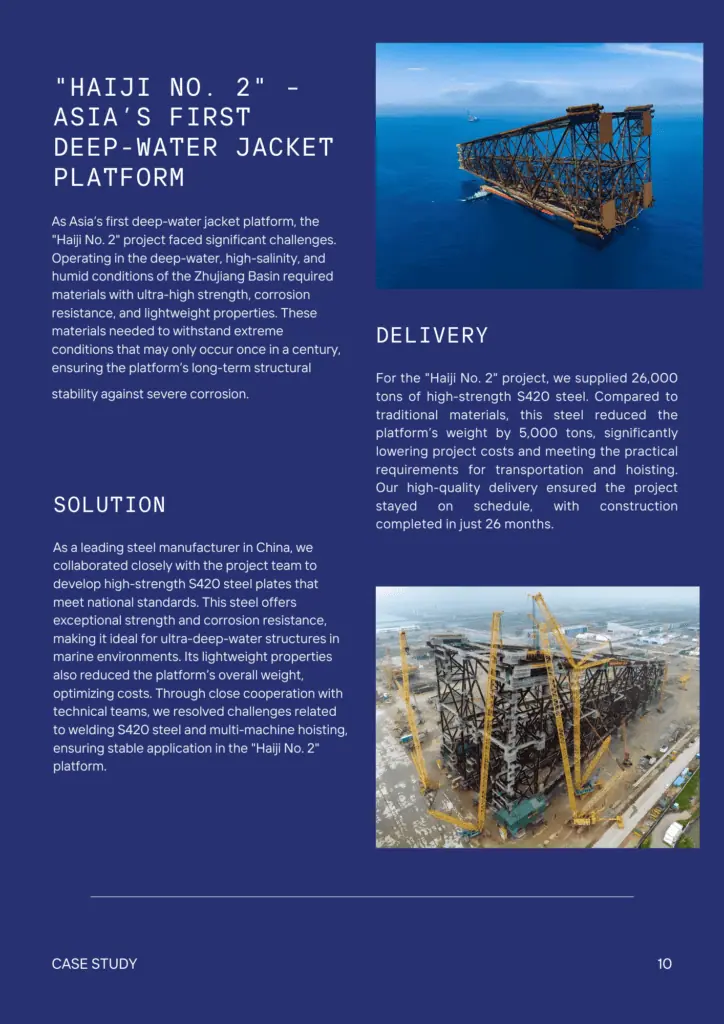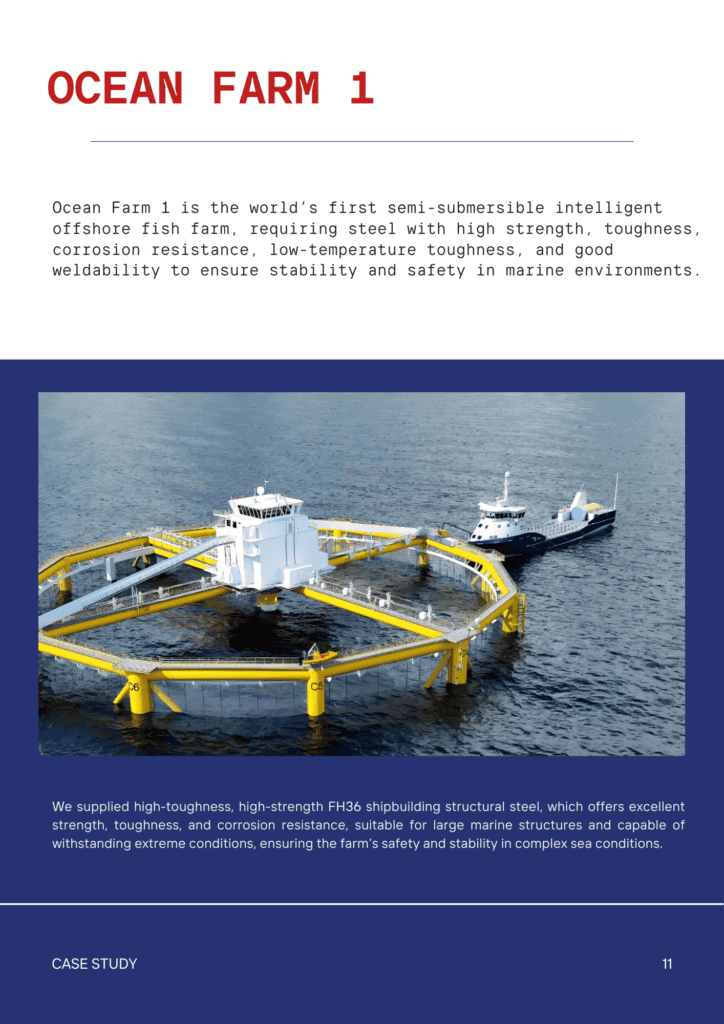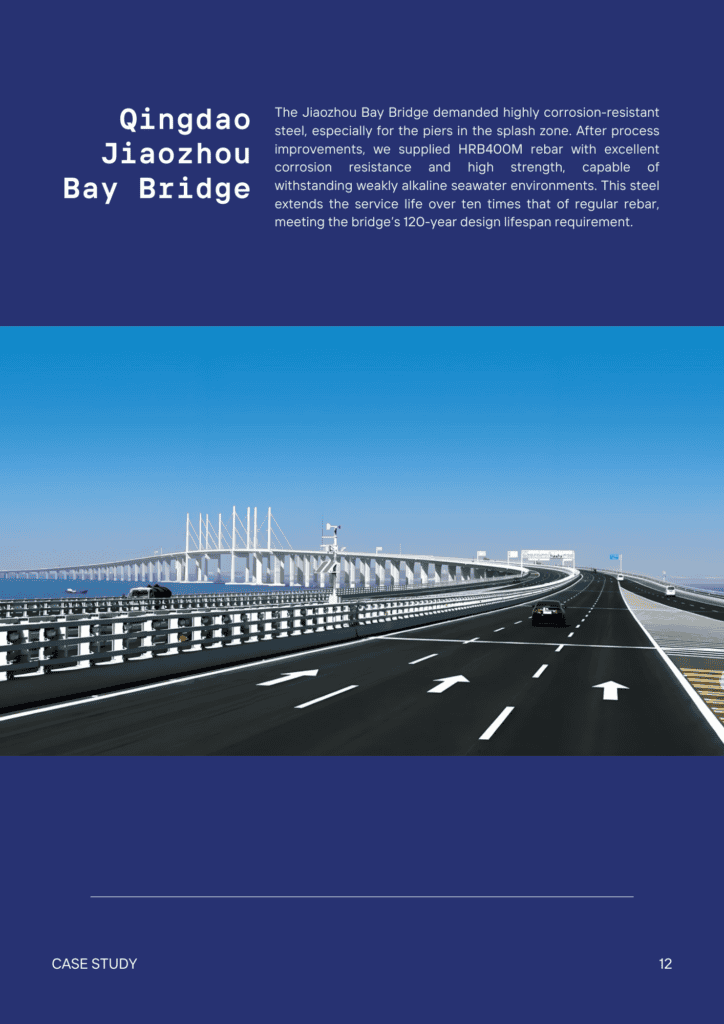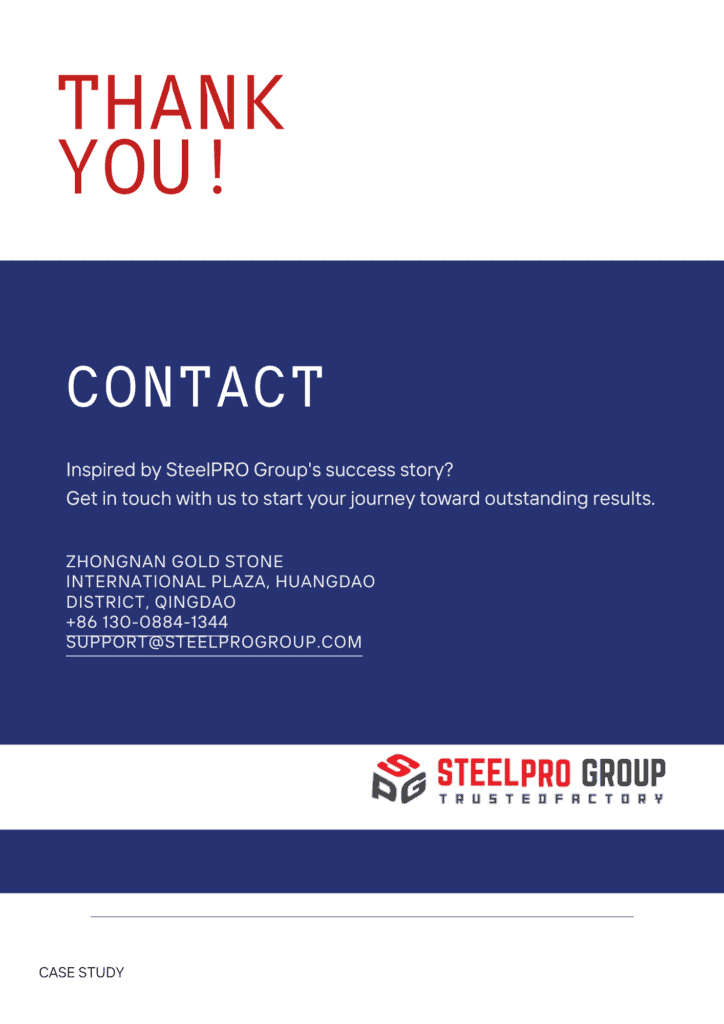316L | UNS S31603 | 1.4404 | Low Carbon Stainless Steel
316L | UNS S31603 | 1.4404 | Low Carbon Stainless Steel
316L is a low-carbon variant of 316 stainless steel, widely used for its superior corrosion resistance. It is recognized under ASTM A240/A240M standards. The “316” refers to the steel grade, while “L” stands for “Low Carbon.” Equivalent grades include UNS S31603 and EN 1.4404. This steel exhibits excellent weldability, resistance to pitting, and high-temperature strength. It is commonly used in medical devices, marine environments, chemical processing, and food industry equipment due to its durability and resistance to aggressive environments.
Description
What Is 316L?
316L is a solid stainless steel composed of approximately 70% iron, 16-18% chromium, and 10-14% nickel, with low carbon content. It is silver-gray in color and classified as austenitic stainless steel. Its key properties include excellent corrosion resistance, especially in chloride environments, and high strength at elevated temperatures. 316L is primarily used in industries such as marine, medical, and chemical processing. It is often produced through hot rolling and can be further classified into seamless and welded forms for different applications.Characteristics of 316L
316L Steel is known for its excellent corrosion resistance, especially in harsh environments like seawater or acidic conditions. It has good weldability and maintains strength at high temperatures. Its low carbon content helps prevent carbide precipitation, making it suitable for welding and reducing the risk of corrosion over time. 316L is often used in marine, chemical, and medical industries. Alternatives such as 304, 321, or 2205 can be considered for higher strength or hardness applications.Chemical Compositions
| Element | Content (%) |
|---|---|
| Iron, Fe | Balance |
| Chromium, Cr | 16.0-18.0 |
| Nickel, Ni | 10.0-14.0 |
| Molybdenum, Mo | 2.0-3.0 |
| Manganese, Mn | ≤ 2.0 |
| Silicon, Si | ≤ 0.75 |
| Phosphorus, P | ≤ 0.045 |
| Sulfur, S | ≤ 0.03 |
| Carbon, C | ≤ 0.03 |
Physical Properties
| Physical Property | Metric | Imperial |
|---|---|---|
| Density | 8.00 g/cc | 0.289 lb/in³ |
| Melting Point | 1375-1400 °C | 2507-2550 °F |
| Thermal Conductivity | 14.0-15.9 W/m-K | 97.0-110 BTU-in/hr-ft²-°F |
| Specific Heat Capacity | 0.500 J/g-°C (0-100°C) | 0.120 BTU/lb-°F (32-212°F) |
| Thermal Expansion Coefficient | 16.0 µm/m-°C (0-100°C) | 8.6 µin/in-°F (32-212°F) |
| Electrical Conductivity | 0.74 µΩ·m (at 20°C) | 29.13 µΩ·in (at 68°F) |
| Electrical Resistivity | 74 µΩ·cm (at 20°C) | 74 µΩ·cm (at 68°F) |
Mechanical Properties
| Mechanical Property | Metric | Imperial |
|---|---|---|
| Tensile Strength, Ultimate | 515 MPa | 74.7 ksi |
| Yield Strength | 205 MPa | 29.7 ksi |
| Brinell Hardness | 149 | 149 |
| Rockwell Hardness | 80 | 80 |
| Vickers Hardness | 155 | 155 |
| Elongation | 60% | 60% |
| Elastic Modulus | 193 GPa | 28 msi |
Industries & Applications
| Industry | Specific Products |
|---|---|
| Marine | Propeller shafts, Boat fittings, Seawater pipes, Marine fasteners |
| Medical | Surgical instruments, Implants, Hospital equipment, Hemostats |
| Chemical Processing | Tanks, Valves, Pumps, Heat exchangers |
| Food & Beverage | Food processing equipment, Brewery tanks, Dairy machinery, Conveyor systems |
| Aerospace | Aircraft components, Fasteners, Fuel tanks, Landing gear |
| Automotive | Exhaust systems, Fuel lines, Structural components, Fasteners |
| Pharmaceutical | Mixing tanks, Cleanroom walls, Sterilization equipment, Bioreactors |
| Construction | Building facades, Structural beams, Roofing panels, Handrails |
Machining
Heat Treatment
316L stainless steel is an austenitic stainless steel that generally does not require heat treatment for hardening. However, heat treatment can be used for stress relief or annealing:
- Annealing: Heat to 1010–1120°C (1850–2050°F), followed by rapid cooling (usually water quenching) to restore its corrosion resistance and maintain its mechanical properties.
- Stress Relieving: Heat to 450–600°C (840–1110°F) for 1–2 hours, then air cool.
- Post-weld heat treatment is usually not required due to its low carbon content, which minimizes carbide precipitation.
Surface Finish
- 2B Finish: Cold-rolled, heat-treated, pickled, and then lightly rolled to achieve a smooth, matte finish.
- BA (Bright Annealed) Finish: Cold-rolled, bright annealed in a controlled atmosphere, resulting in a smooth, reflective surface.
- No.4 Brushed Finish: Mechanically brushed to create a continuous grain, offering a satin-like texture.
- HL (Hairline) Finish: Linear brushing that creates long, continuous, straight lines, often used for decorative purposes.
- Mirror Finish: Polished to a highly reflective, mirror-like surface.
- Bead Blasted Finish: Surface treatment using high-pressure air to blast sand or beads, creating a uniform matte texture.
- Passivation: A chemical treatment used to enhance the corrosion resistance of stainless steel by forming a passive oxide layer.
*Customization is available upon request.
Disclaimer
The provided heat treatment and surface treatment processes are general guidelines. Actual conditions may vary depending on specific applications and requirements. It is recommended to consult with a professional metallurgist or material scientist to tailor the processes to your particular needs. The information herein is not a substitute for professional advice and should not be relied upon as such.
Our Service
SteelPRO Group – manufacturer and solution provider for special steel, offering multi-industry application solutions and customised services, 100% quality free, accompanying customers in their growth!
Our Quality Control
- Roundness
- Tolerance
- Microstructure
- Non-Destructive Testing
- Destructive Testing
- Process Control
Service Integration Processing
- Welding
- Metal Fabrication
- CNC Machining
- Lathe
- Forming
QUESTION 1
QUESTION 2
QUESTION 3
QUESTION 4
QUESTION 4
CONTACT
CONTACT
Certifications







Other Products
-
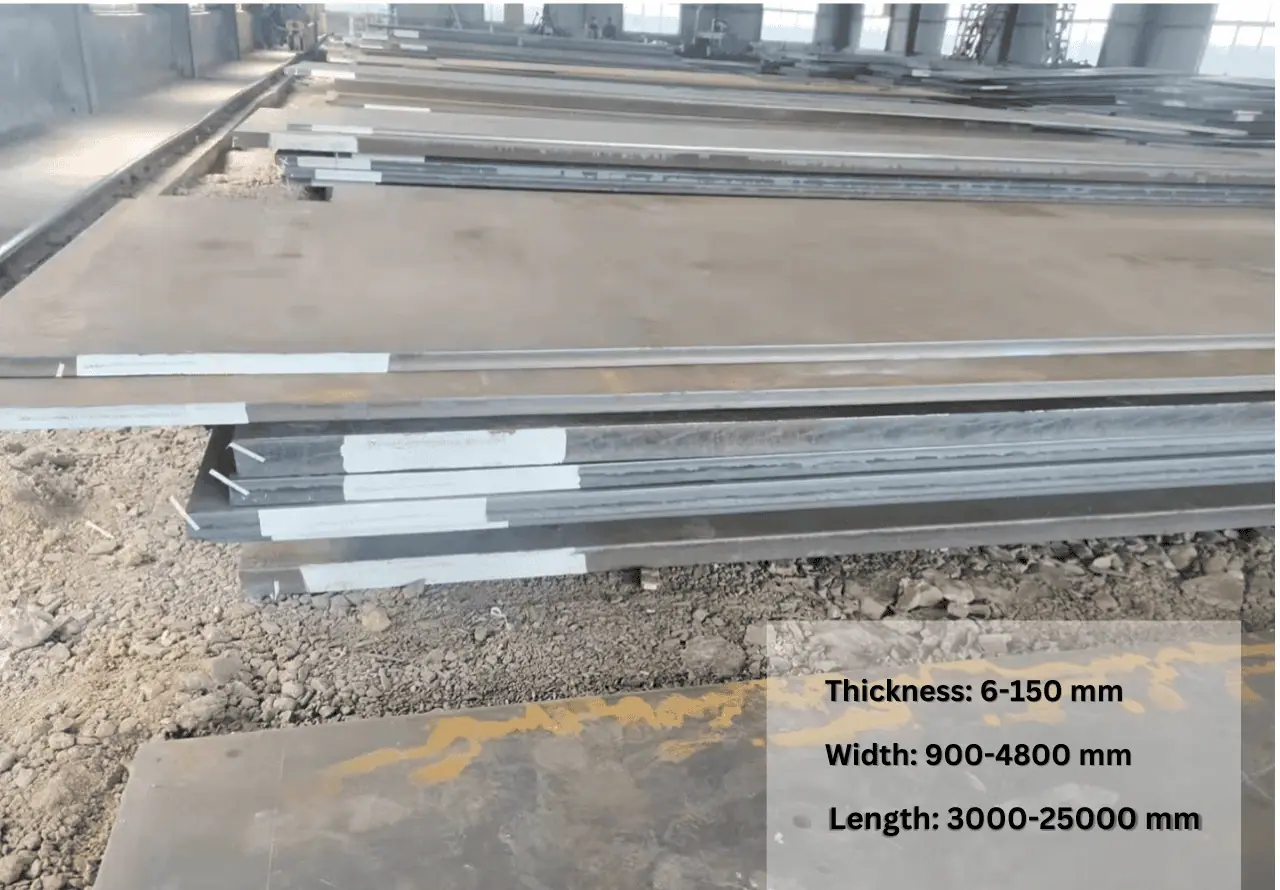
-
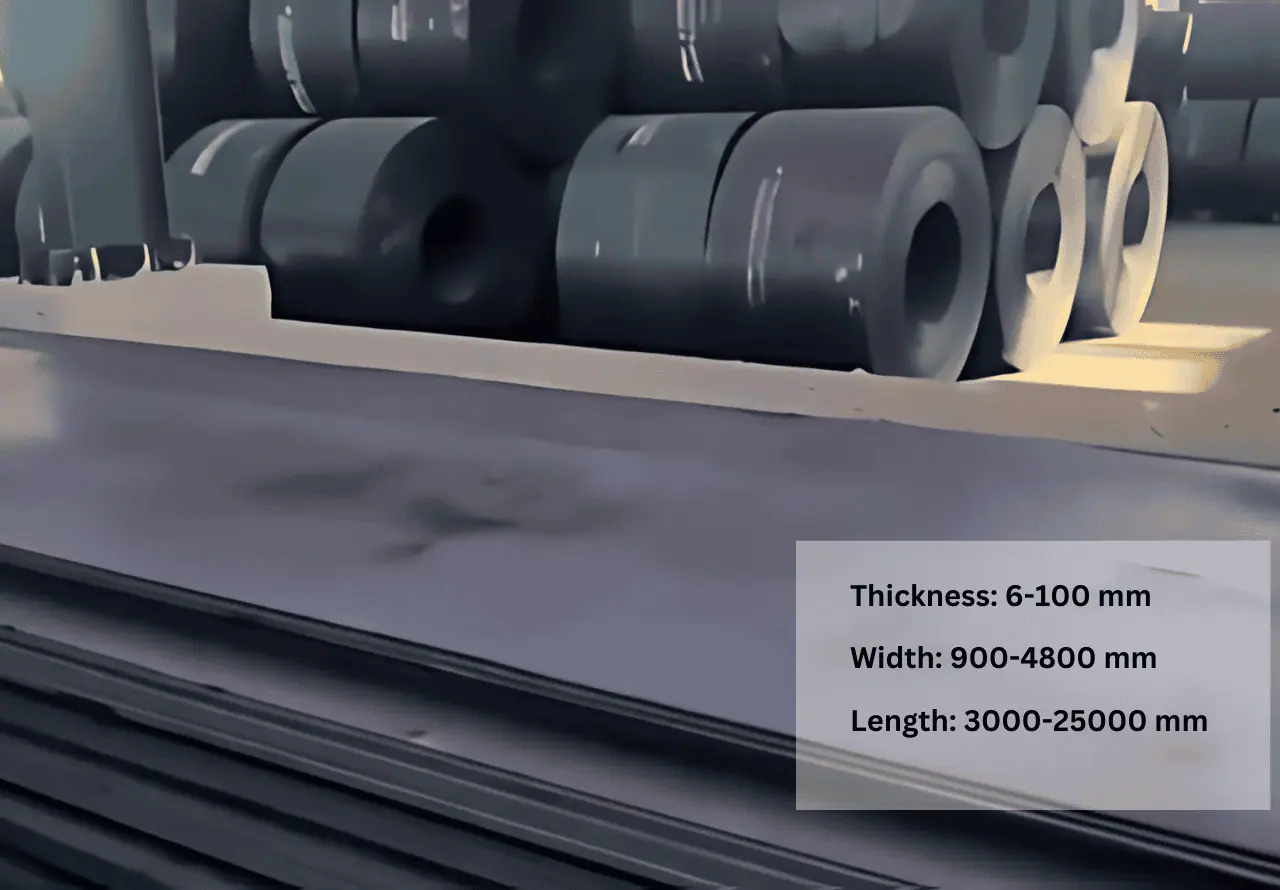
SteelPRO Group offers FH550 high-strength structural steel plates for shipbuilding....
-
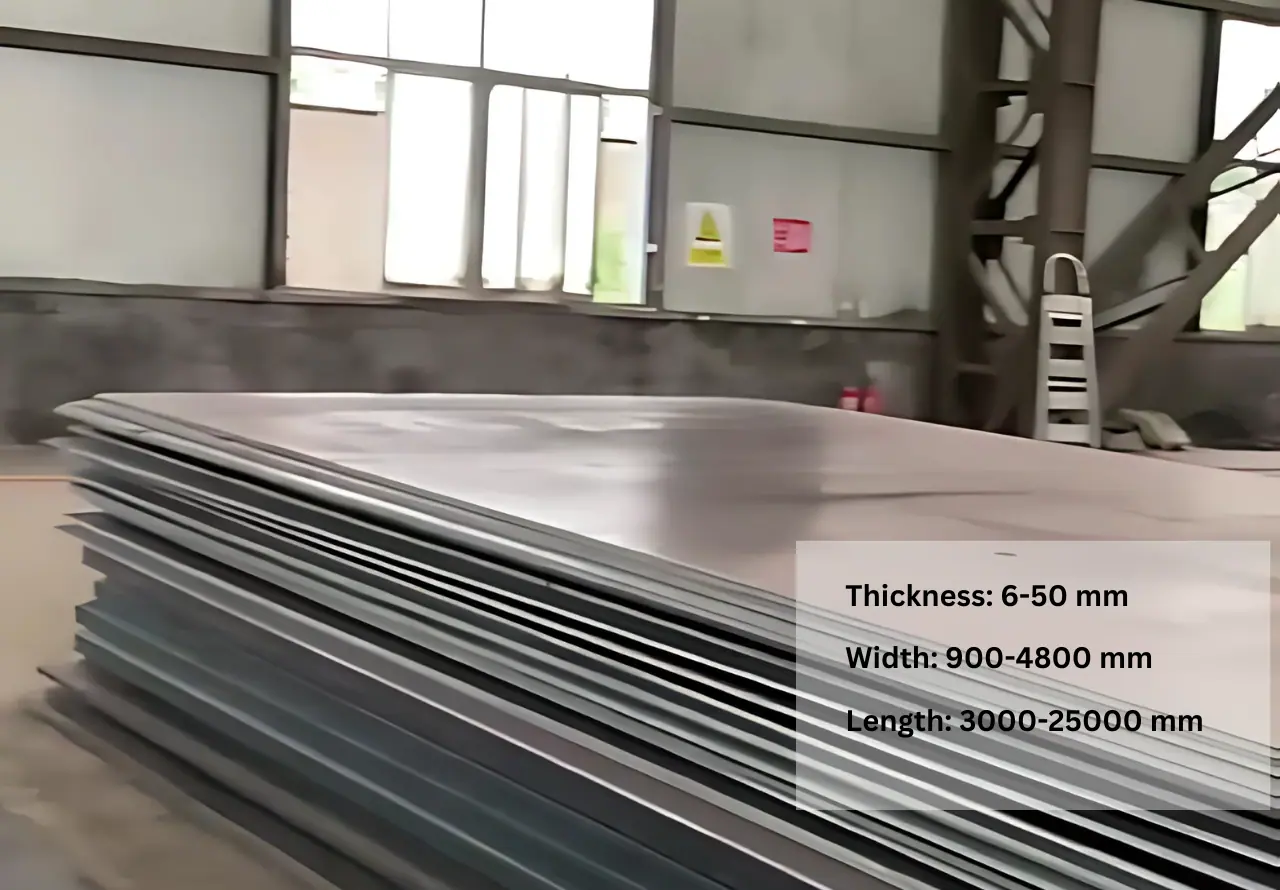
SteelPRO Group offers DH550 high-strength shipbuilding steel plates in stock....
-
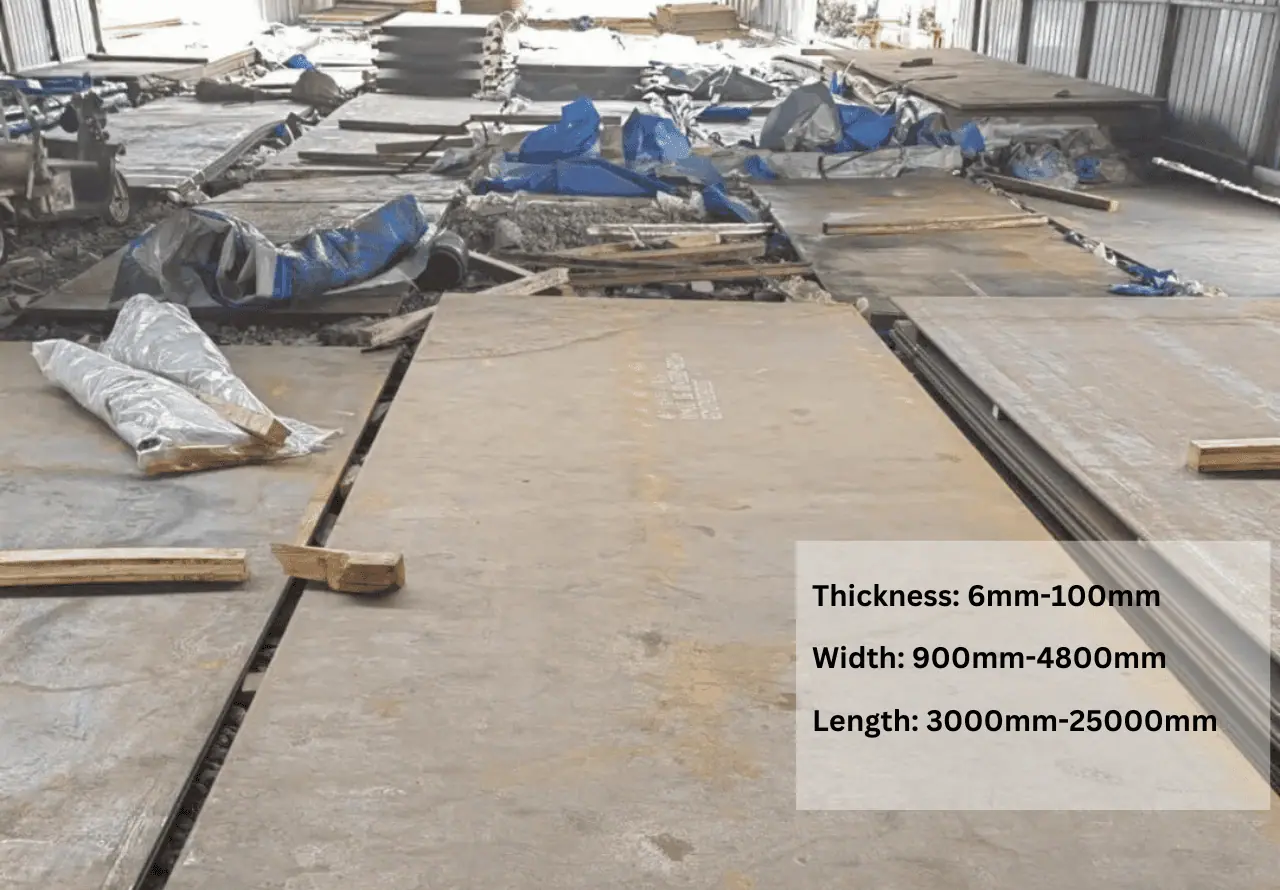
SteelPro Group offers FH36 high-strength steel for shipbuilding. It has...



